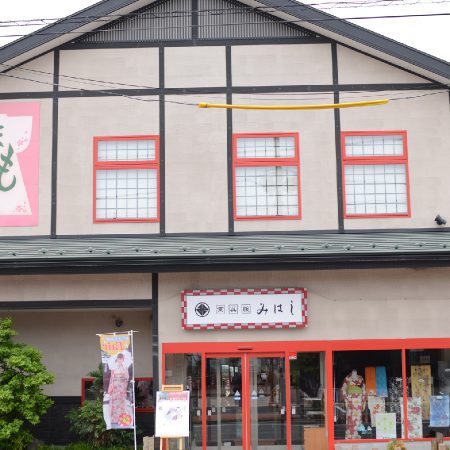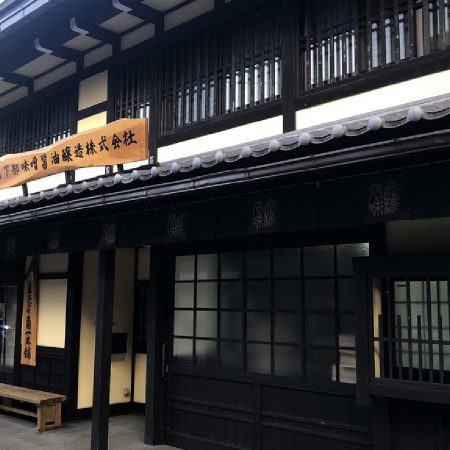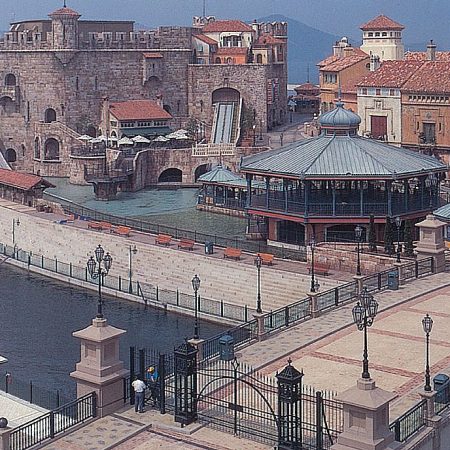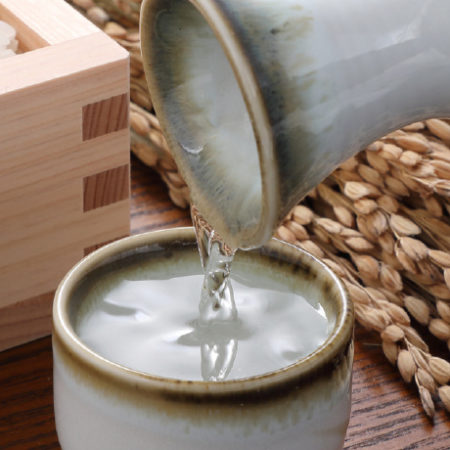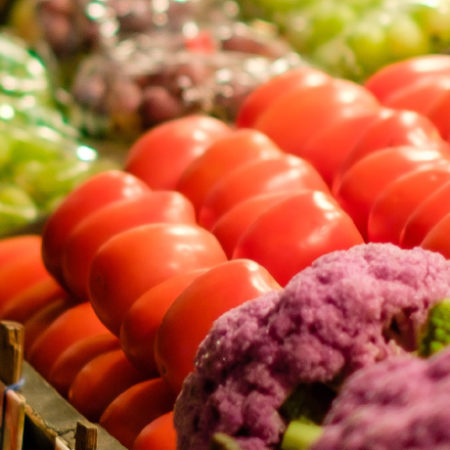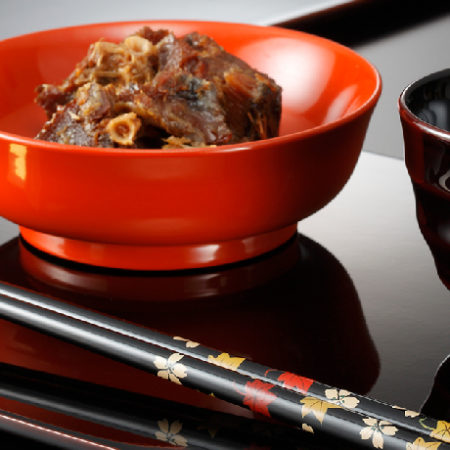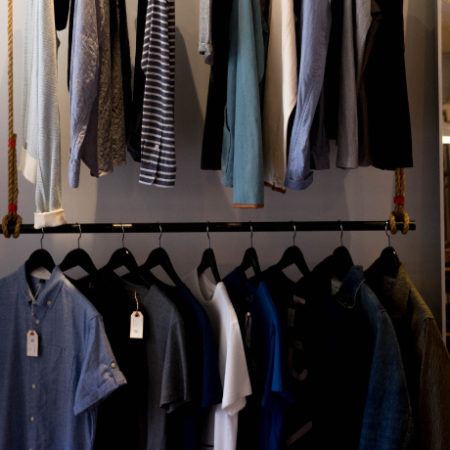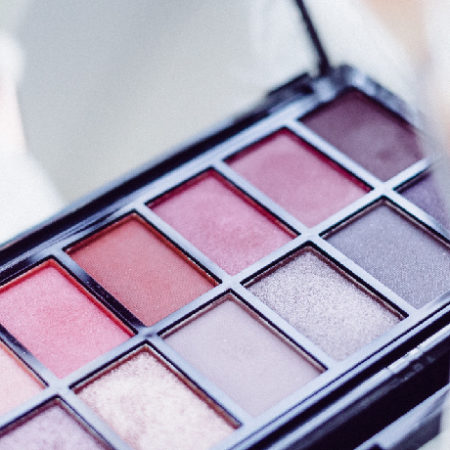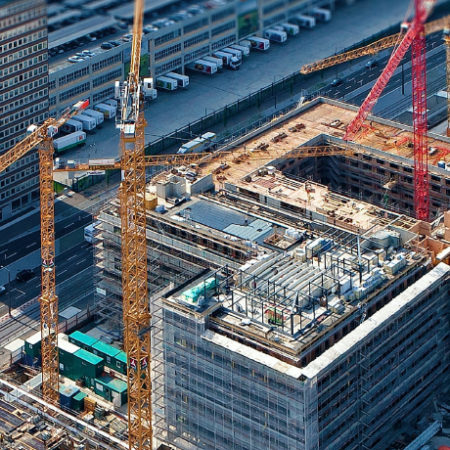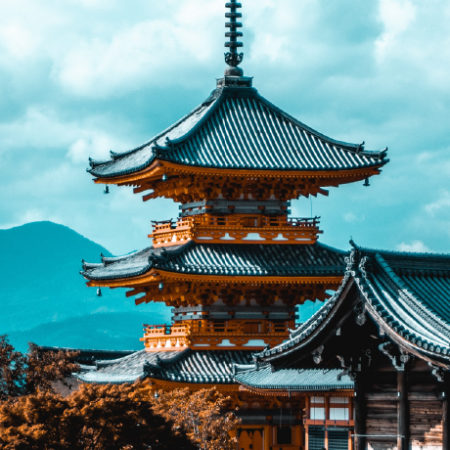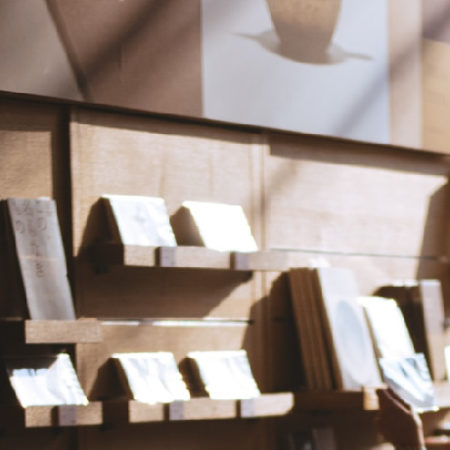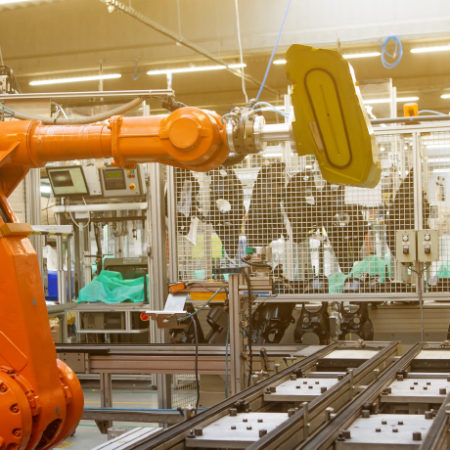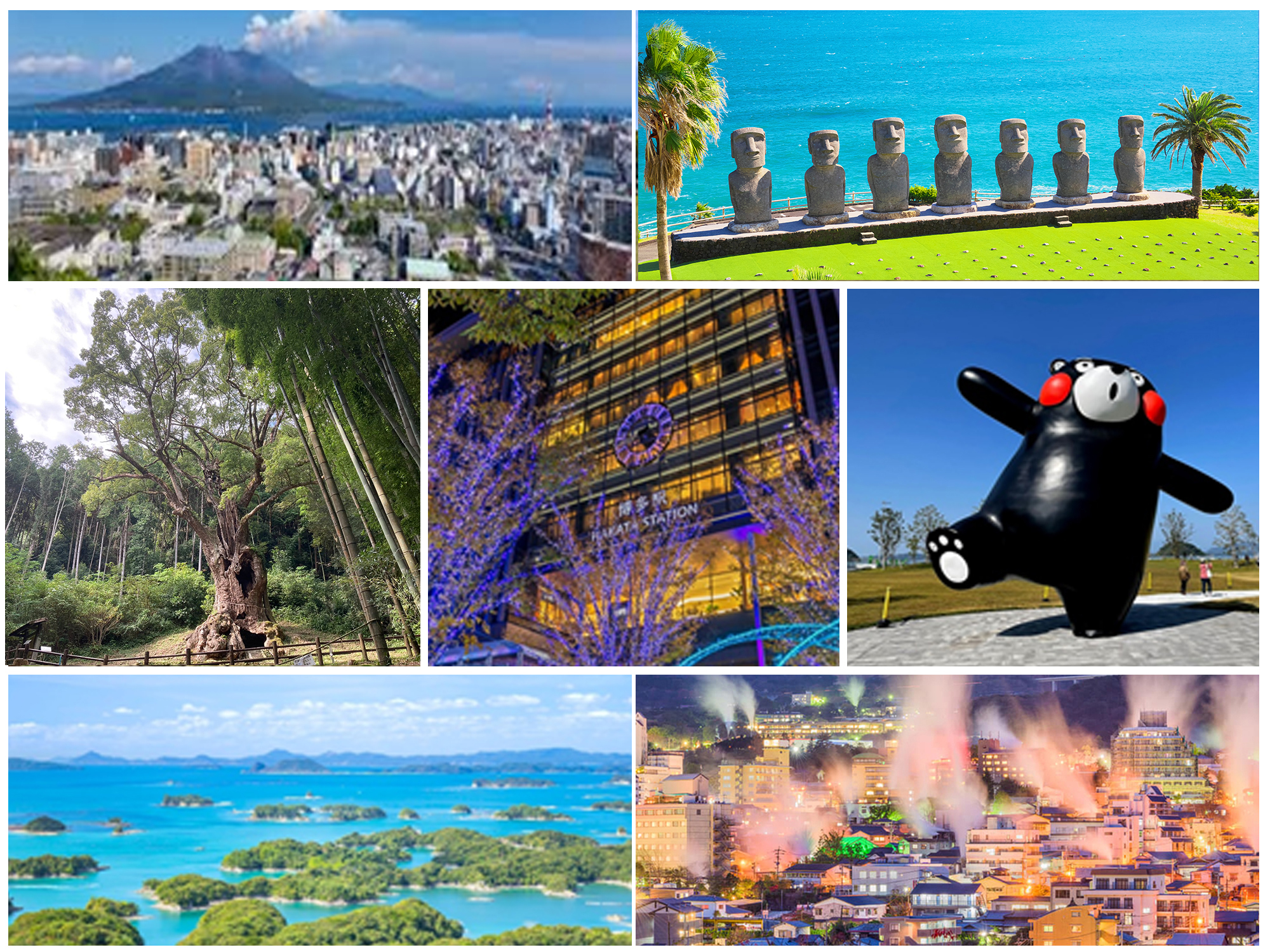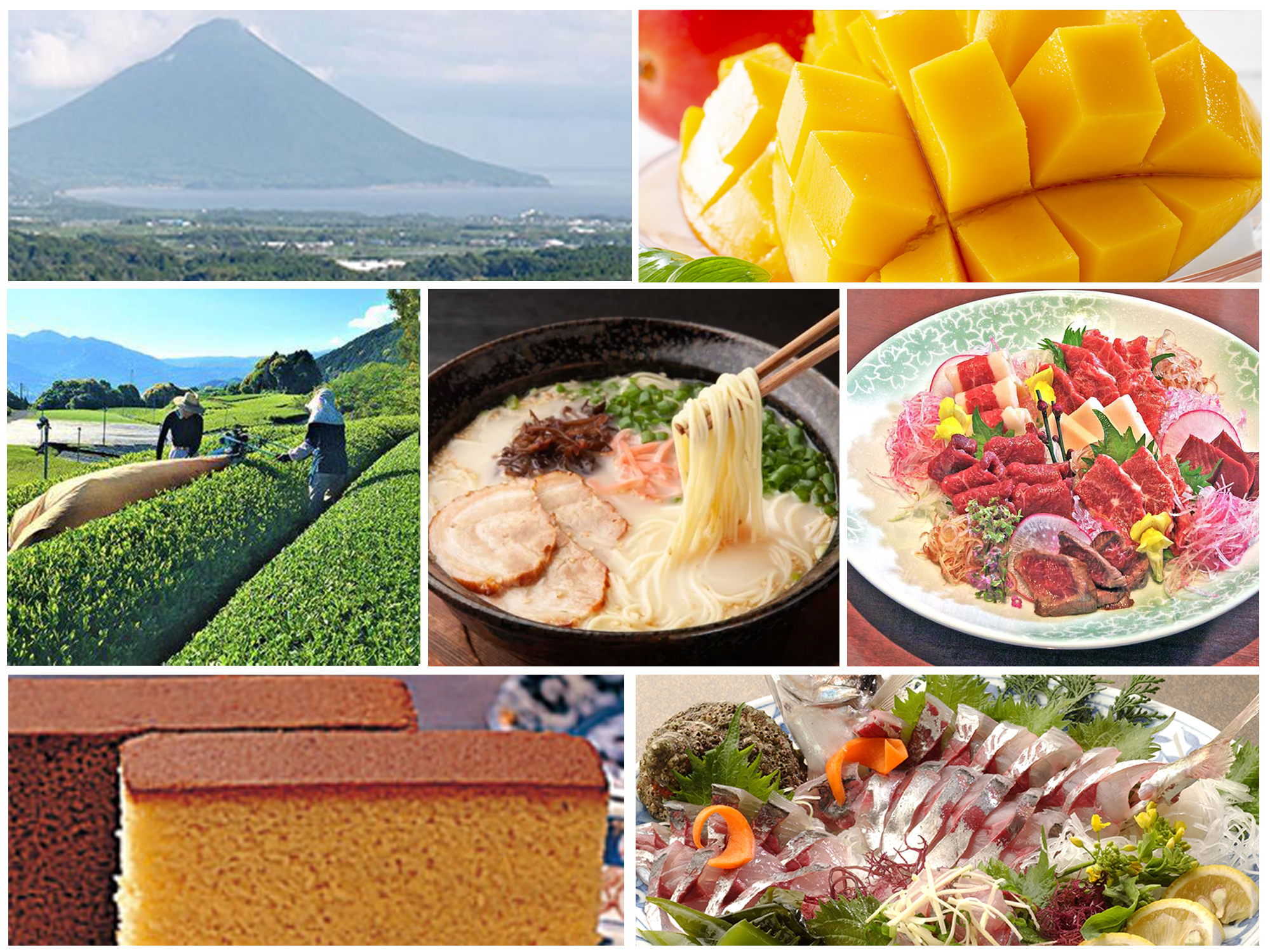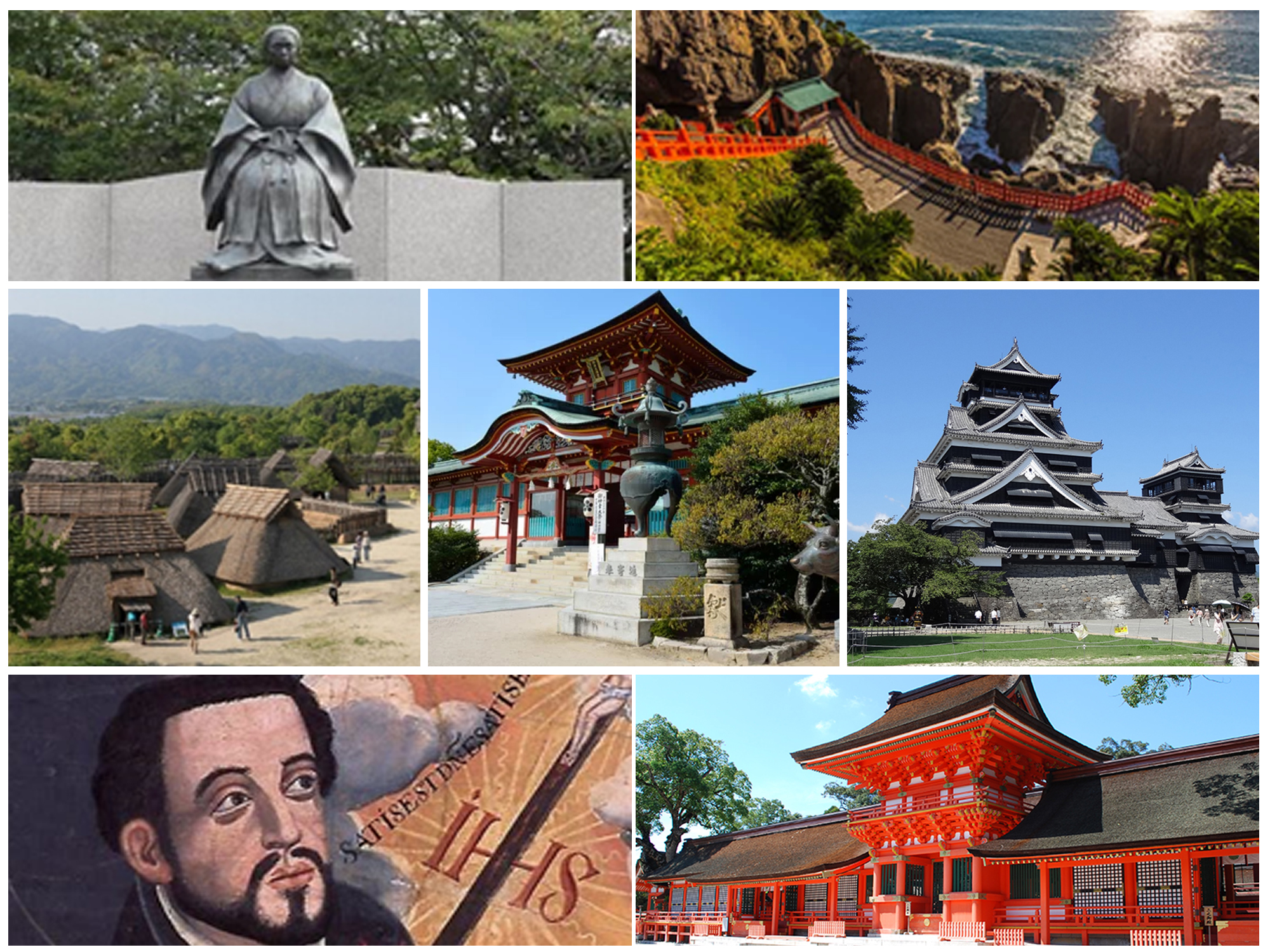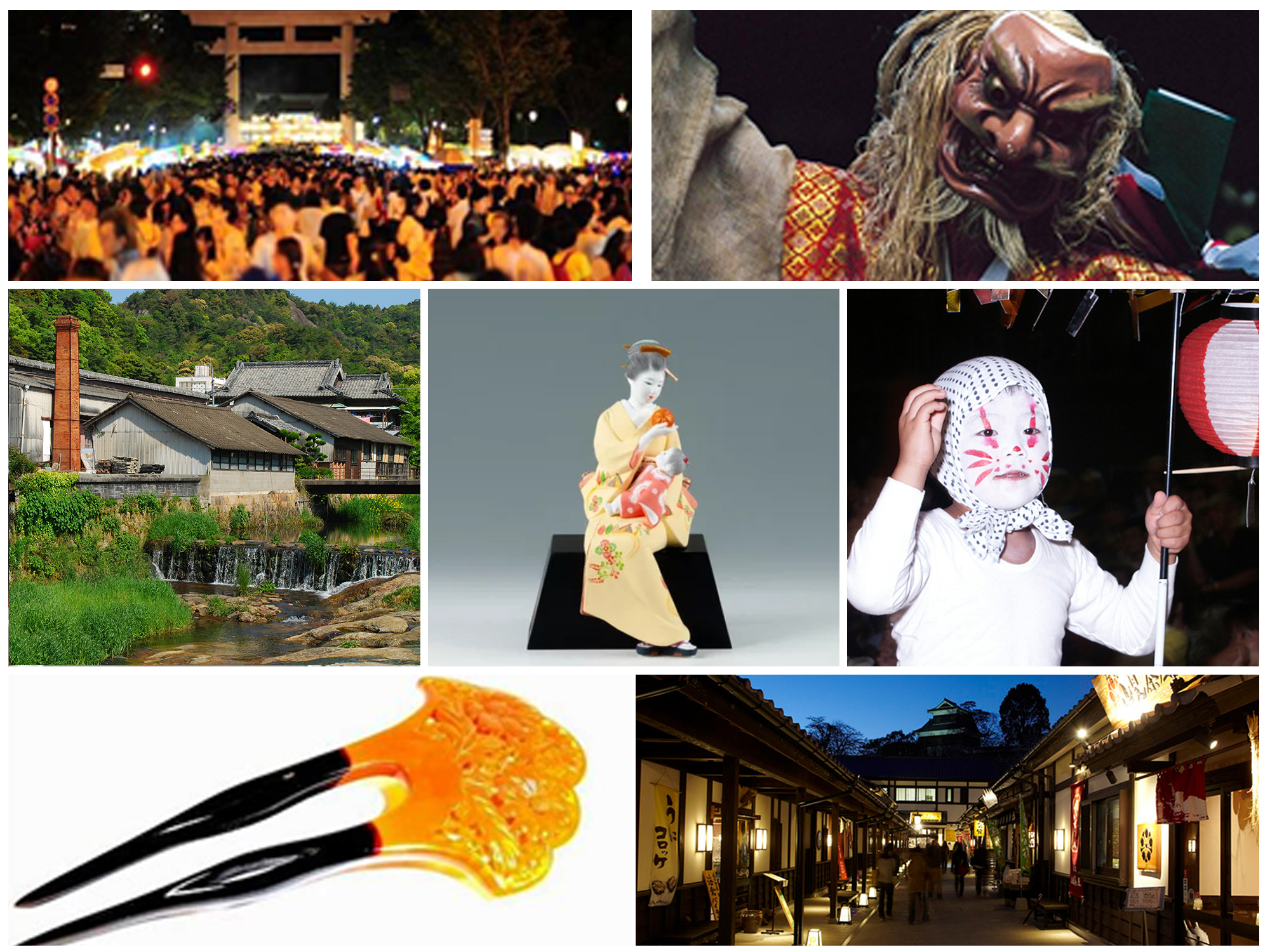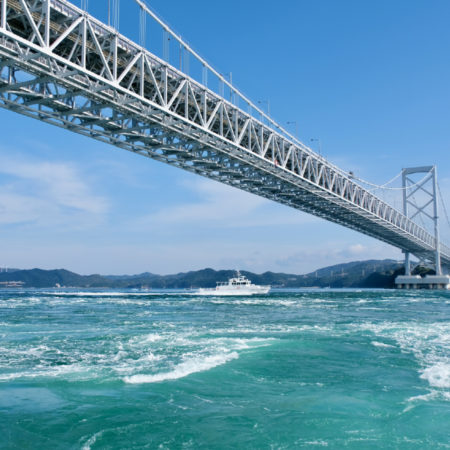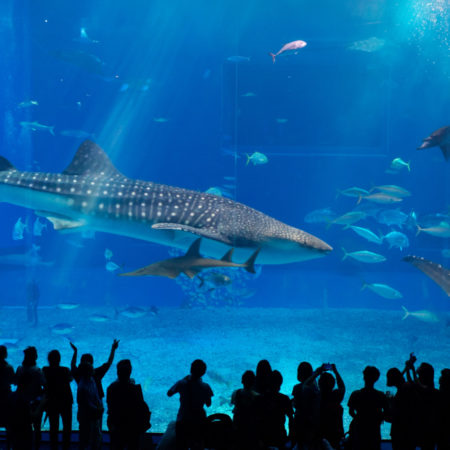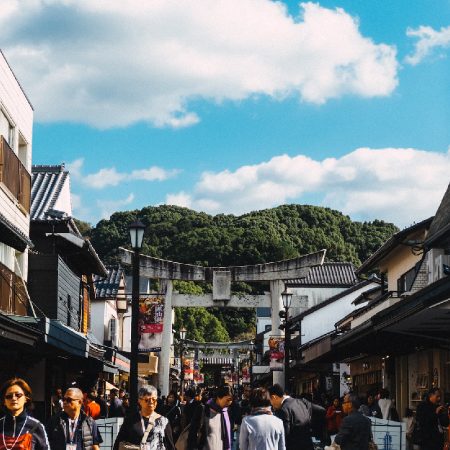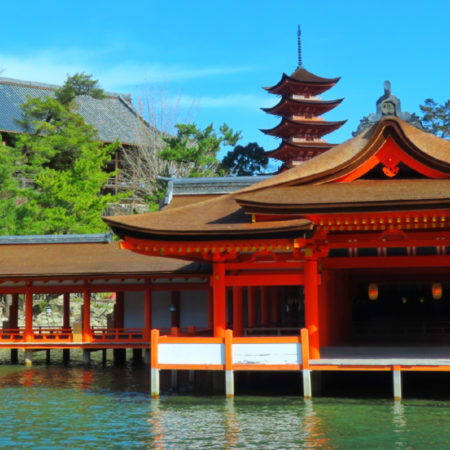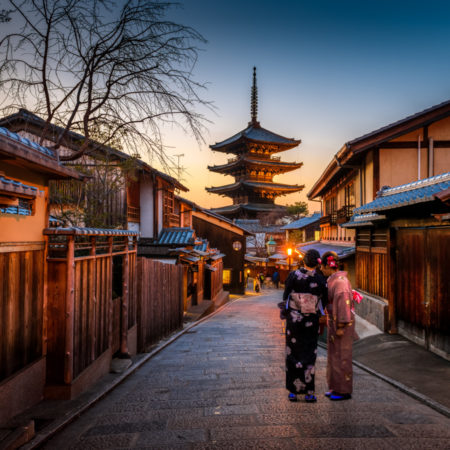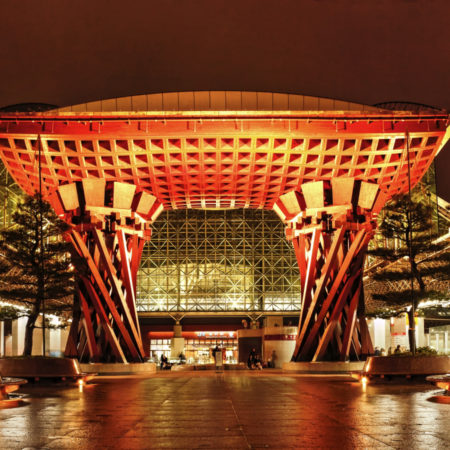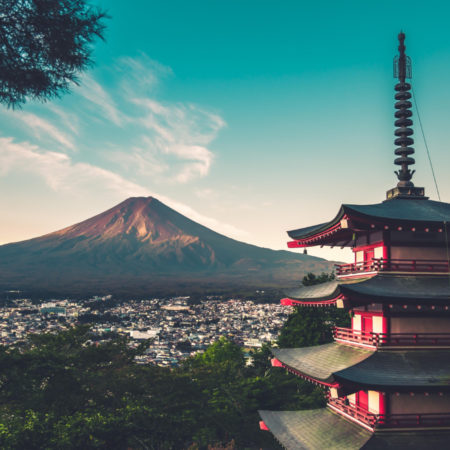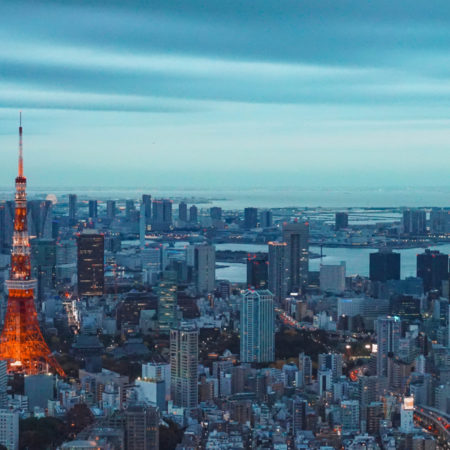Oita prefecture:
Oita Prefecture is known for its diversity and charm, and is known as a region filled with a wide variety of attractions. First of all, as a treasure trove of hot springs, there are various large and small hot spring resorts such as Beppu Onsen, Yufuin Onsen, and Yufuin Onsen, which offer healing along with beautiful natural surroundings. In addition, the fried chicken that can be enjoyed here is nationally acclaimed for its crispy texture and deep flavor. In addition, nature lovers will find breathtaking natural scenery, such as the Kuju Mountain range and the Yabakei Valley.
Nagasaki prefecture:Japan's westernmost city
Nagasaki Prefecture is located in the northwesternmost part of Kyushu, the westernmost part of the mainland. However, it is surprisingly close to Tokyo, only about a two-hour flight away. Surrounded by the sea, Nagasaki boasts a rich natural environment and beautiful scenery. It boasts the largest number of islands in Japan, with 594 islands. With its rich nature, abundant seafood, and abundant tourist attractions, Nagasaki is full of individuality.
Kumamoto prefecture:Fire Nation
Kumamoto Prefecture is located in the Kyushu region and has beautiful nature and a rich history. Kumamoto Castle, a famous tourist attraction, attracts visitors with its scenery and historical value. Mountains are also a symbol of Kumamoto Prefecture, and its great nature attracts many hikers and tourists. As a hot spring resort, Kurokawa Onsen and other hot springs are popular. Kumamoto Prefecture is also known throughout Japan for its popular mascot character, Kumamon.
Saga prefecture:Saga, a place to make memories
Saga Prefecture is the first prefecture to be ranked at the bottom of the 2022 Prefectural Attractiveness Ranking. However, this is only because Saga's charms are not well known throughout the country. It has a rich history, culture, many professional sports teams, attractive hot spring resorts, and a great deal of nature. Saga is a place where you can create unique memories that only those who have visited can know. That is Saga.
Miyazaki prefecture:Japanese Sunshine Miyazaki Prefecture
As the catchphrase "Japanese Sunshine" suggests, Miyazaki Prefecture has a temperate climate throughout the year. Miyazaki Prefecture has the highest rainfall in Kyushu, and its well-balanced climate has created a lush natural environment. Miyazaki is also rich in tourism resources such as sun-drenched white beaches, flower-filled gardens, and World Heritage sites with historic ruins, as well as hot springs, outdoor activities, and other attractions.
Kagoshima prefecture:Treasure Chest of the South, Kagoshima Prefecture
Kagoshima Prefecture is located in the southwestern part of mainland Japan, with a total area of 9,188 square kilometers. It has two peninsulas, Satsuma Peninsula and Osumi Peninsula, and many remote islands including Tanegashima, Yakujima, and Amami Oshima, and 28 inhabited remote islands. The population (182,602) and area (2,485 square kilometers) of the islands are the largest in Japan, making it one of the most remote island prefectures in the country.
Fukuoka prefecture:
Fukuoka Prefecture is a city blessed with abundant nature, a long history of excellent traditions and culture, and many business and tourist destinations that are rich in international exchange.
